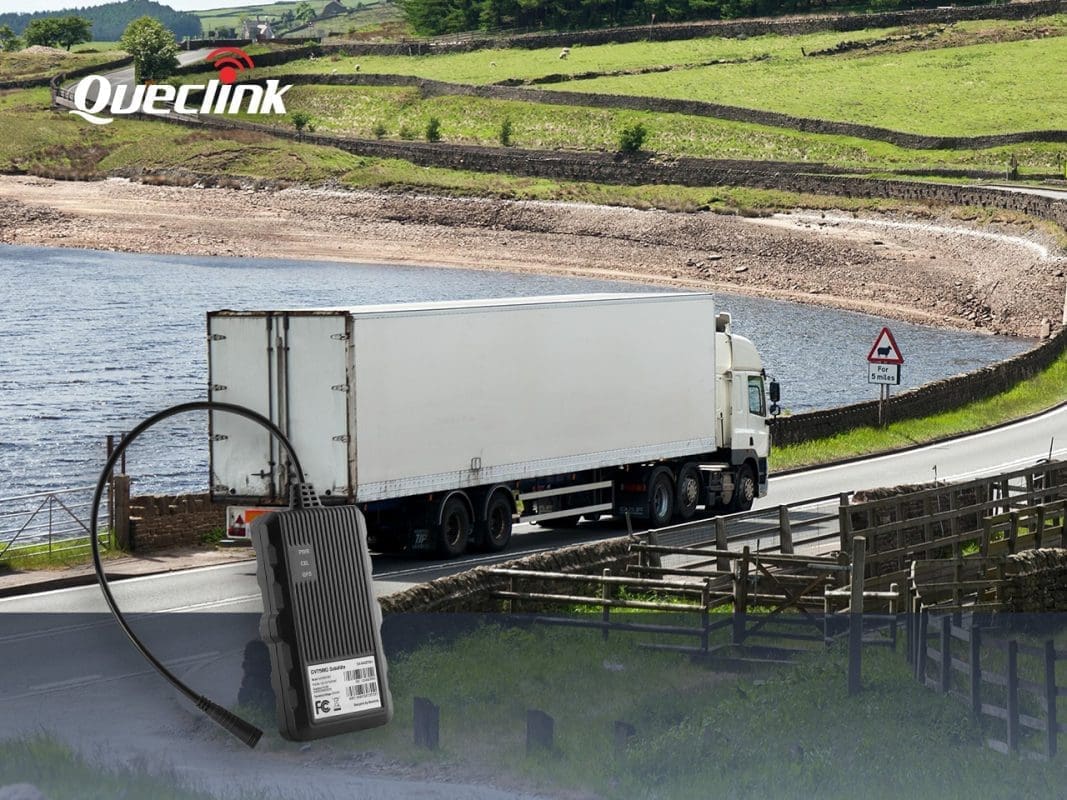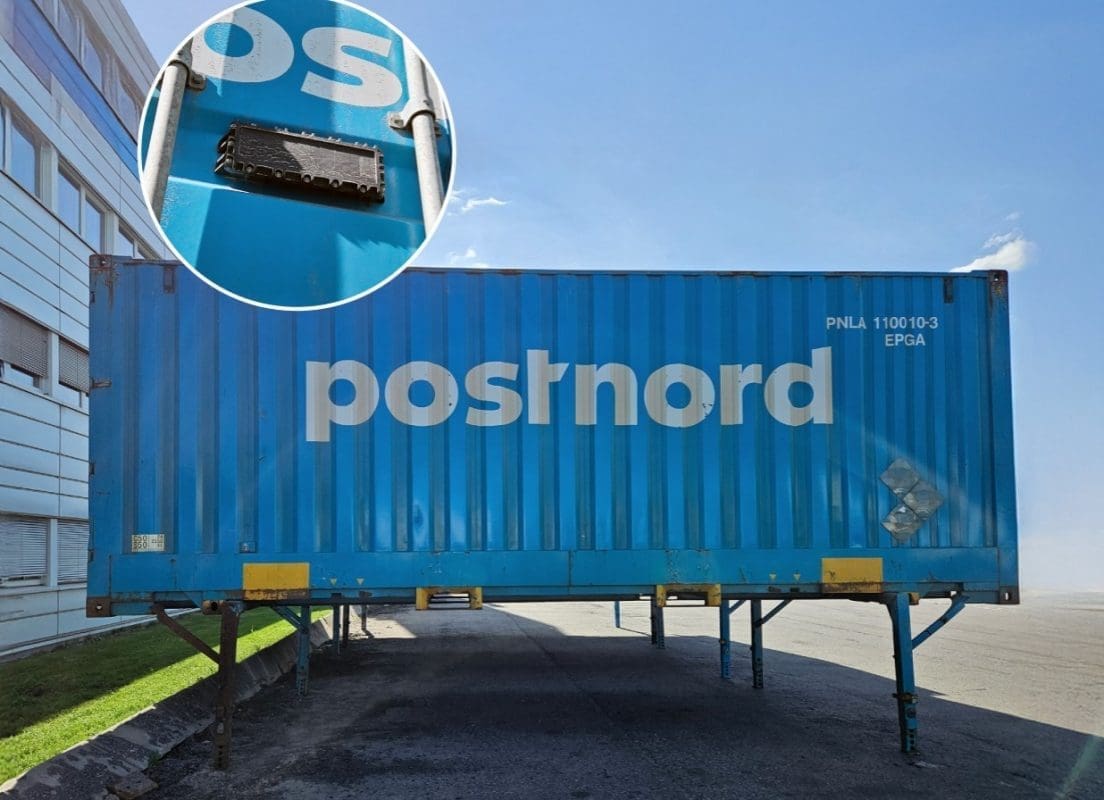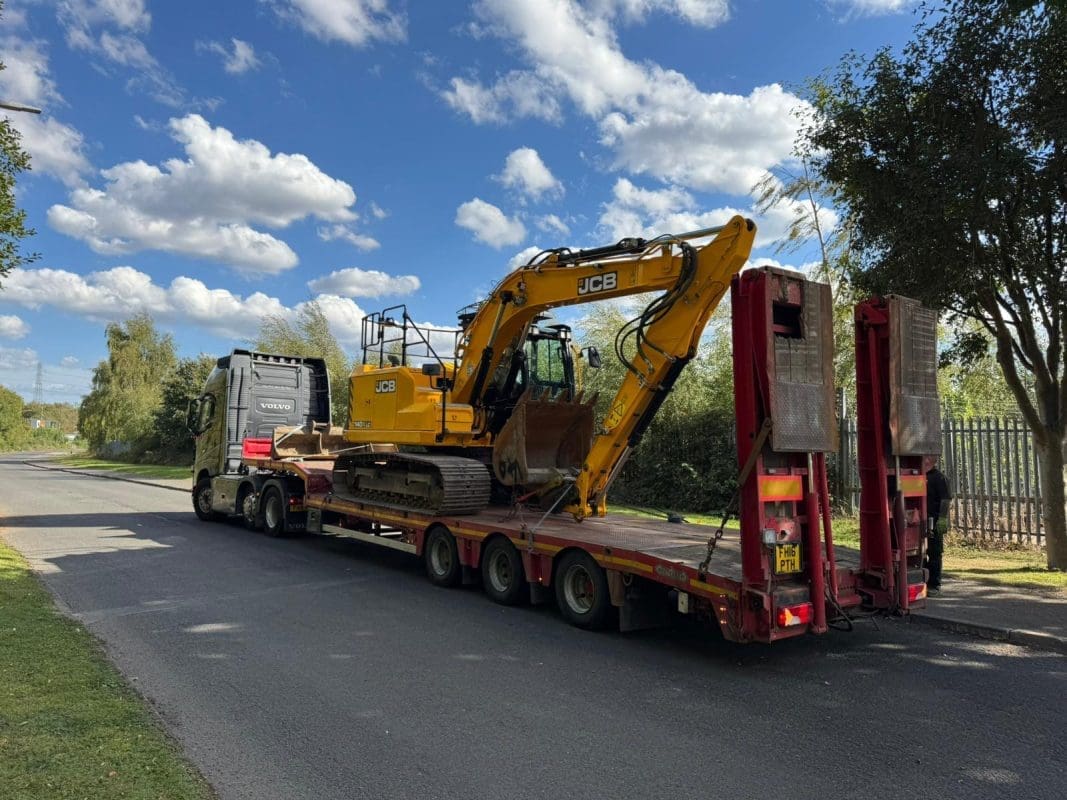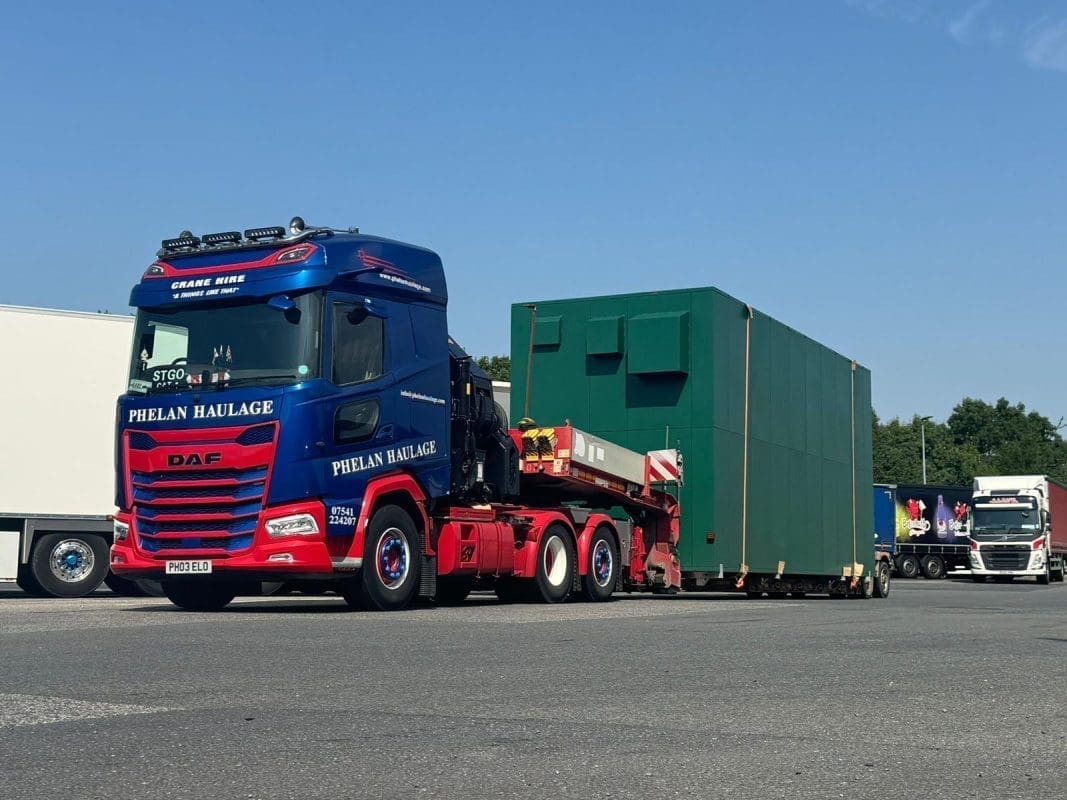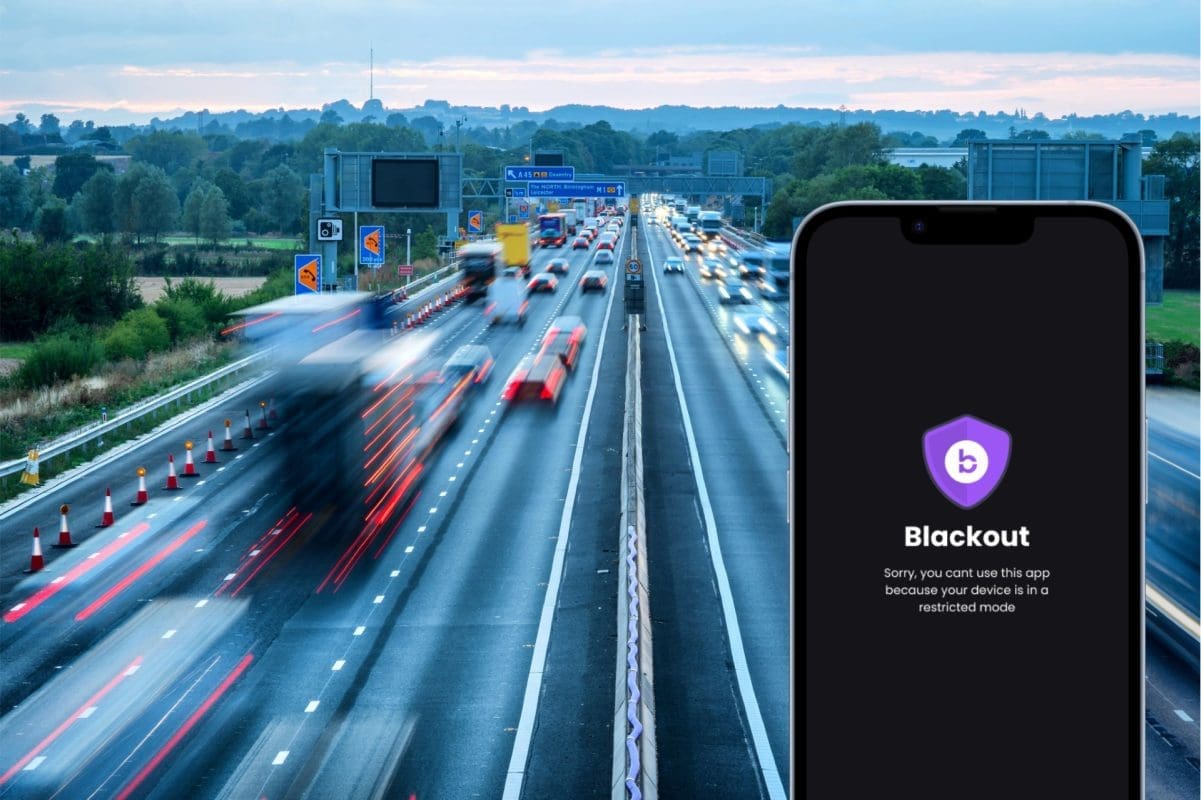- Shop All Documents + Bundles
- FORS V7.1 Document Bundle | Bronze (15 Policies)
- Transport Manager Compliance Pack (10 Policies)
- Transport Manager Compliance Pack (6 Policies)
- Health & Safety Policy Template
- Fuel, Emissions And Air Policy Template
- Operational Security Policy Template
- Serviceability And Roadworthiness Policy Template
- Road Traffic Collision Policy Template
- Counter Terrorism Policy Template
- Load Safety Policy Template
- Vehicle Routing And Scheduling Policy Template
- Driving Standards Policy Template
- Driving Hours Policy Template
- In Cab Technology Policy Template
- Passenger Safety Policy Template
- Complaints And Grievances Policy Template
- Drug And Alcohol Management Policy Template
- Hazard And Risk Identification Policy Template
- VOR (Vehicle Off Road) Policy Template
- Tyre + Wheel Policy Template
- Health & Eyesight Policy Template
- Transport Infringement Policy Template
- Walk Around Check (Defect Check) Tool Box Talk Template
- Transport Manager CV Template
- Social Media Policy Template
- Transport Manager Contract Template
- External Transport Manager Contract Template
- Driver Handbook
A Day In The Life Of A HGV Container Driver
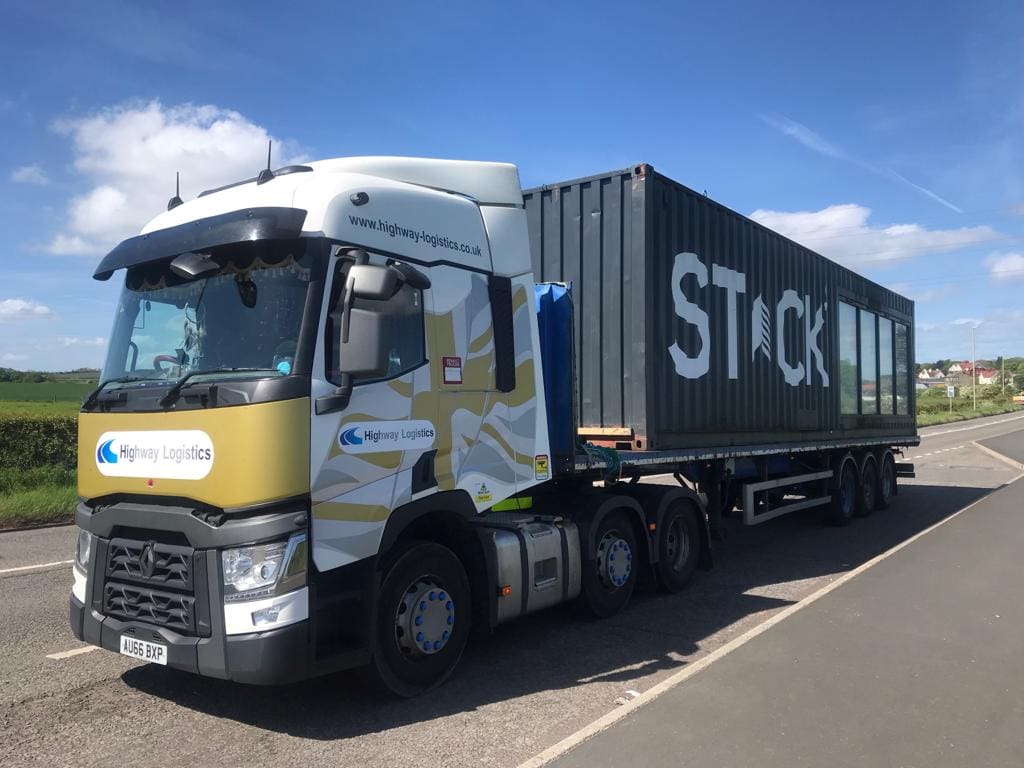
A Day In The Life Of A HGV Container Driver
Wondered what a day in the life of a HGV container driver is like? Here is a little insight into the industry, covering 3 days in fact.



72 hours with a HGV Driver
Andy drives for Highway Logistics, a transport company that specialises in specialist and commercial transport. Andy works mainly on the container side of the business. He has been driving for several years, Initially on class 2 operating a HIAB truck but made the switch 3 years ago to class one and his current tramping role. As part of his job is to “tramp”. Andy spends 4 nights away from home per week, sleeping in his cab at night. His job sees him operating in an out of some of the busiest UK container ports, including Felixstowe, Liverpool & Immingham and delivering to customers all over the UK.
Wednesday
Andy is based in the Northeast and was assigned a local job. The job is to help transport converted containers from the centre of Newcastle locally to Sunderland. The containers were once part of a bar complex called the Stack, which was being decommissioned and moved to another part of the North East. Andy spends most of the day shuttling between the two sites.


On to Felixstowe. With a few hours driving time left in his day, (He could drive for 10 hours & work for 15 hours) Andy headed down to Felixstowe Port to collect a 40” container that was to be delivered to Manchester the next day. His driving time doesn’t allow him to get exactly to the port but does allow him to park up for the night close to the port. Felixstowe runs a VBS (Vehicle Booking System) which means all vehicles must be allocated a slot so they can enter the port within a set time frame. As much of the port is automated the system links the number of the container with the vehicle reg and guides the drivers to the unload or load location. Andy was next booked in early on Thursday morning to load the container for Manchester.
Thursday
After loading the container at 5am, Andy began the 6-hour journey to Manchester. Often it is unknown exactly what is being carried (It clears customs and is inspected in the port). On this occasion, the description on the paperwork states it is loaded with “cartons of coveralls”.
An uneventful journey meant that he arrived at the customer in Manchester at around dinner time. One common problem encountered in this type of work is finding the customer. Although the address is clear on the paperwork, sometimes customers premises mean it takes a little longer to find out exactly where it is going. Eventually the customer is located, and the off load can commence. Andy is told by the customer that it will take 3 hours to unload him. Once the 40” container doors are open, it is stacked with boxes that all need to be manually unloaded.
Once the container is empty, it is usual that the empty container is “restituted” back to the original port. So, in this case the empty container needed to go back to Felixstowe where it will be loaded back on a ship to enter the supply-chain again, or sold to an end user as a “one trip shipping container”
Andy has 5 hours driving time left for his day, which he works out will get him close to Felixstowe so he can park up close and have his daily rest.

Friday – Final Duty Day
Another early start to unload yesterday’s empty container. His next job is to load another 40” from Felixtowe for another customer and head north to Hull. It takes approximately 1 hours to unload yesterdays and load the container for Hull. This time the container is loaded with pedal boats destined for a caravan park on the Yorkshire coast.
Due to a slight delay exiting the port, Andy is running approximately one hour late. This information is relayed back to the customer who advises that if he is not onsite by exactly 12.30pm he will not get unloaded. The Sat-Nav ETA shows an arrival time of 12.40pm. If he doesn’t get tipped, it could mean that he will be left with a fully loaded container that will need to be stored over the weekend which could cause extra costs for the operator in handling and demurrage. This is the potential charge levied by the owner of a ship for failure to load or discharge within the agreed time. Fortunately, although he arrives late the customer agrees to unload him, which takes roughly two hours.
An HGV driver can only work a maximum of 6 days, and this is Andy’s 6th Day. Once unloaded he returns to his base and the empty container will remain on his truck over the weekend in order to have the required minimum 45-hour rest set by the law.
On Monday Andy is scheduled to take the empty back to Felixstowe and embark upon another full week of container deliveries and collections.
HGV Driver
This is a typical 3 days for a container driver. Locations can vary depending on demand and is driven largely by the which ports the vessels arrive at. So there you have it, a day in life of a HGV container driver.

